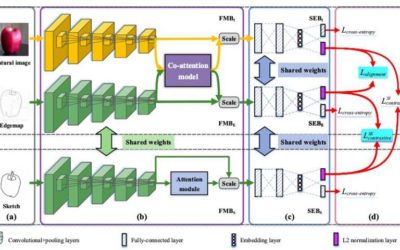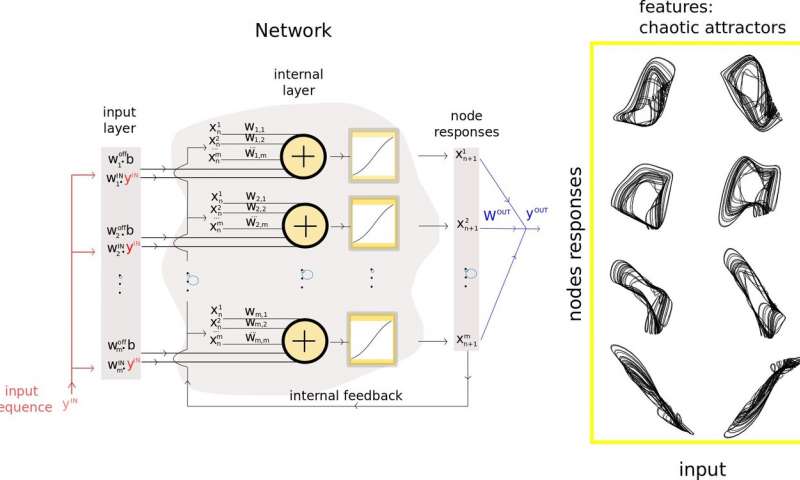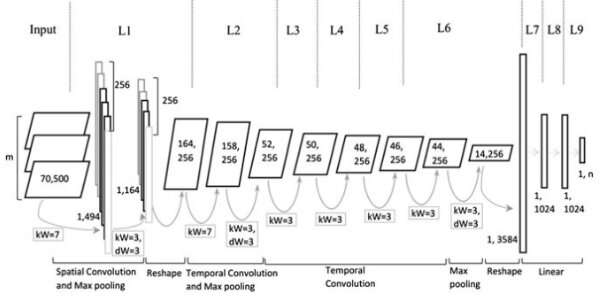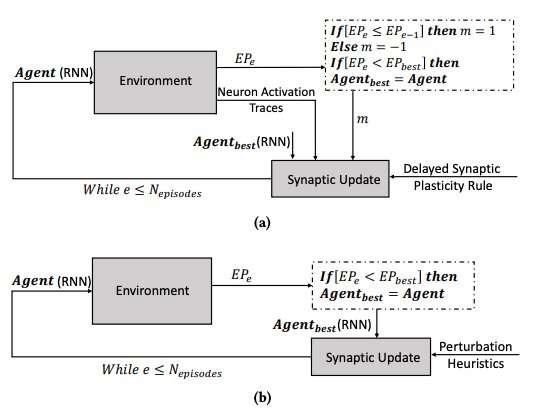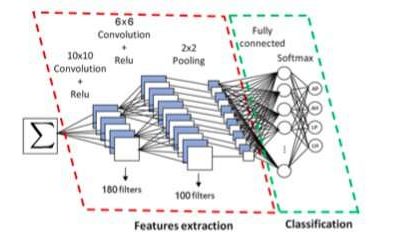Researchers at IBM Research UK, the U.S. Military Academy and Cardiff University have recently proposed a new approach to improve the sensitivity of LIME (Local Interpretable Model Agnostic Explanations), a technique for attaining a better understanding ofthe...
Machine learning & AI
An end-to-end imitation learning system for speed control of autonomous vehicles
Researchers at Valeo, a tech company specialized in automotive innovation, have recently developed an end-to-end imitation learning system for car speed control. Their approach, outlined in a paper pre-published on arXiv, uses a neural network with long short-term...
A new algorithm for solving archaeological puzzles
A team of researchers at Technion and the University of Haifa have developed a new computer vision approach for solving archaeological puzzles. In their paper, pre-published on arXiv, they introduce a general algorithm that can automatically reassemble fragments of...
A new model to retrieve images based on sketches
In recent years, researchers have been developing increasingly advanced computational techniques, such as deep learning algorithms, to complete a variety of tasks. One task that they have been trying to address is known as "sketch-based image retrieval" (SBIR).
A hierarchical RNN-based model to predict scene graphs for images
Researchers at Shanghai University have recently developed a new approach based on recurrent neural networks (RNNs) to predict scene graphs from images. Their approach includes a model made up of two attention-based RNNs, as well as an entity localization component.
A method to reduce the number of neurons in recurrent neural networks
A team of researchers at Queen's University, in Canada, have recently proposed a new method to downsize random recurrent neural networks (rRNN), a class of artificial neural networks that is often used to make predictions from data. Their approach, presented in a...
A multi-representational convolutional neural network architecture for text classification
Over the past decade or so, convolutional neural networks (CNNs) have proven to be very effective in tackling a variety of tasks, including natural language processing (NLP) tasks. NLP entails the use of computational techniques to analyze or synthesize language, both...
A bio-inspired approach to enhance learning in ANNs
The human brain continuously changes over time, forming new synaptic connections based on experiences and information learned over a lifetime. Over the past few years, artificial Intelligence (AI) researchers have been trying to reproduce this fascinating capability,...
A CNN-based method for math formula script and type identification
Researchers at the University of Tunis have recently proposed a new system for math formula script and type identification, which is based on convolutional neural networks (CNNs). Their method, presented in a paper published by Springer, can automatically discriminate...
A deep learning technique to generate real-time lip sync for live 2-D animation
Live 2-D animation is a fairly new and powerful form of communication that allows human performers to control cartoon characters in real time while interacting and improvising with other actors or members of an audience. Recent examples include Stephen Colbert...




